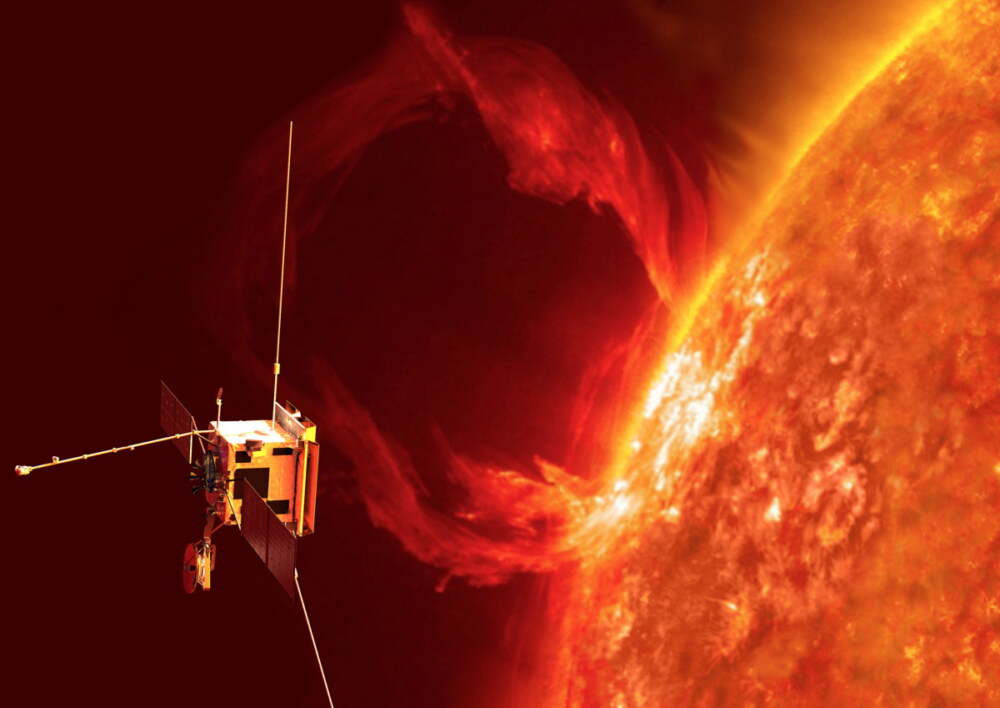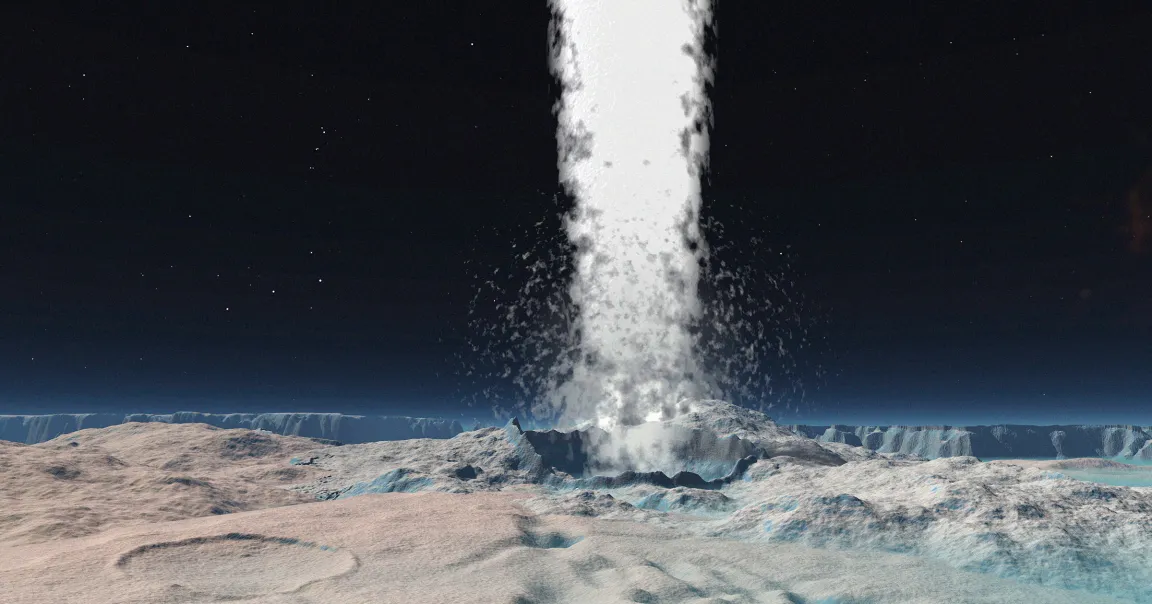A groundbreaking study has revealed how streams of high-speed electrons, racing from the Sun at near-light speeds, are born. Using advanced observations from the Solar Orbiter spacecraft, scientists have traced these energetic particles to two explosive processes on the Sun’s surface.
The research shows that some electrons are released in sudden, sharp bursts triggered by solar flares—intense eruptions that occur in small, highly active regions of the Sun. Others are unleashed during coronal mass ejections, colossal blasts of plasma and magnetic fields that propel particles into space in more gradual but sustained waves.
Capturing these electrons close to their source has allowed researchers to observe them in an almost untouched state, offering the clearest picture yet of their origins. By analyzing hundreds of events, scientists were able to directly connect the electrons’ behavior to the type of solar explosion that produced them.
This discovery carries major implications for space weather forecasting. Fast-moving electrons can interfere with satellites, threaten astronaut safety, and disrupt communication systems on Earth. By distinguishing between flare-driven and CME-driven events, experts can improve prediction models and develop stronger safeguards against these solar hazards.
Future missions, including new European space projects, are expected to build on these findings, deepening our understanding of how the Sun’s explosive activity affects the solar system.












Leave a Reply